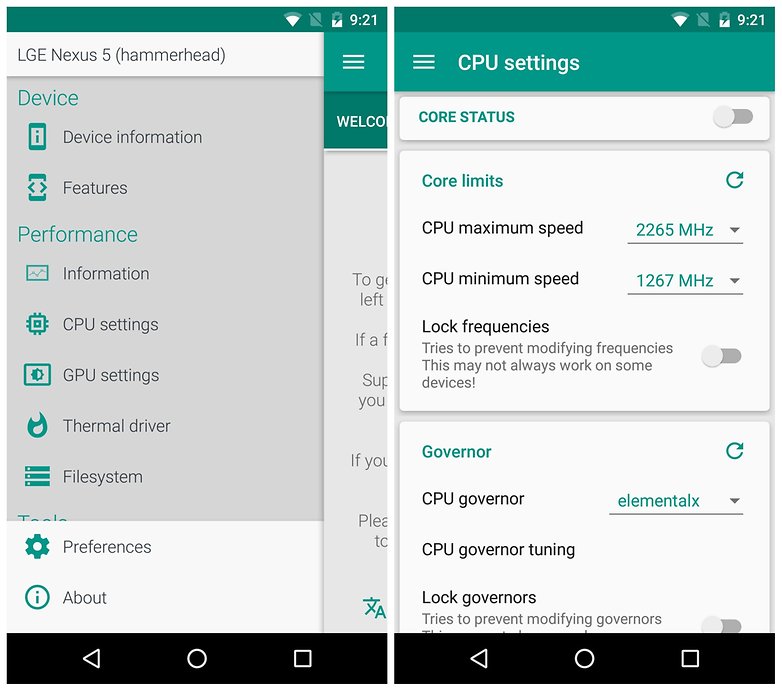


The technical sections address the following topics (in relation to Rooting): Bootloaders, Ownership and Permissions, and Setuid and Setgid.The goal is to help all users understand more about Android Root. Definitions are provided, examples are shared, sources are cited, and links are given for further research.There is also a section covering the most common: Frequently Asked Questions about Rooting.

However, due to falling success, lack of support, feature redundancy, or people just getting bored with them, the list of apps you should check out will vary wildly, It might even include some deprecated ones.** ANDROID ROOT ACCESS IS NOT REQUIRED **The names of the individual sections in Root for Android - All About: What is Android Root? Why do people want Root? How does Rooting work? How to Verify Root? What are Android Bootloaders?Each section is answered in accurate and helpful detail. That's what the apps below will help with.

Operations like reading the raw data from input devices, inspecting the host system, or kernel tweaking are usually disallowed or heavily restricted unless the host device is rooted, letting the apps utilize the elevated privileges to overcome the limitations. However, if you're a power user, you might find it difficult to deal with such limitations. access the data of another app or place a call without permission), it will be automatically If a rogue app tries to do something malicious (e.g. As a result, regular apps are coded so that they can run in a tightly controlled set of resources implemented by the operating system. SCROLL TO CONTINUE WITH CONTENT Why does an app require root access to function?Īndroid heavily relies on the sandboxing model to isolate app resources.


 0 kommentar(er)
0 kommentar(er)
